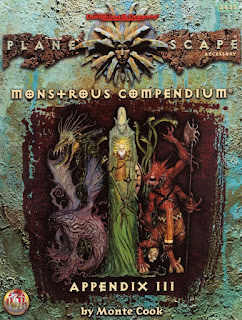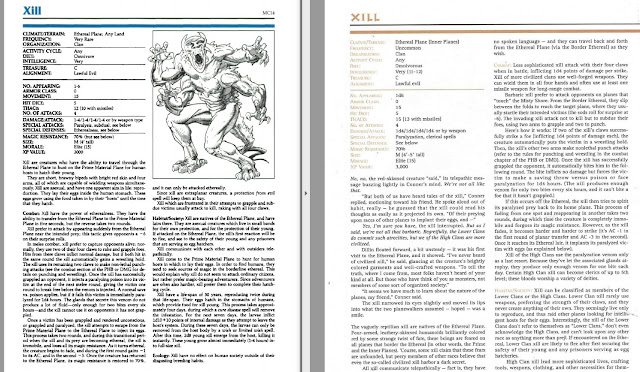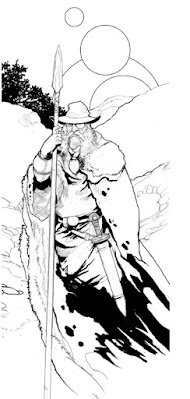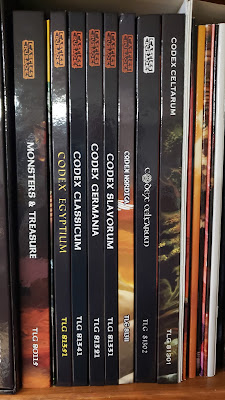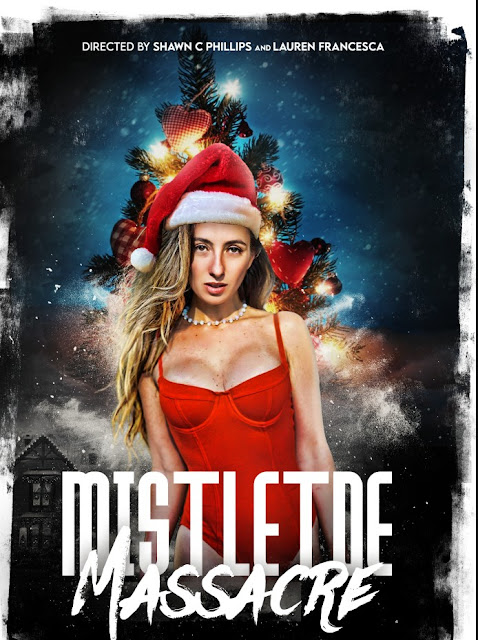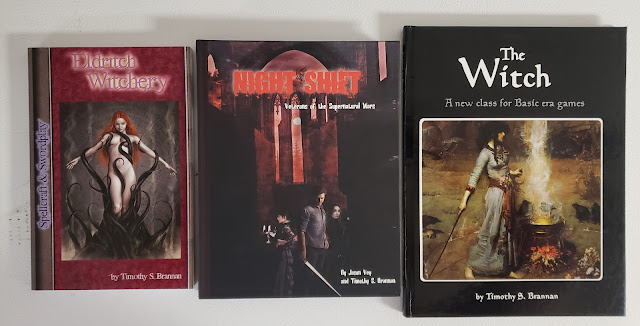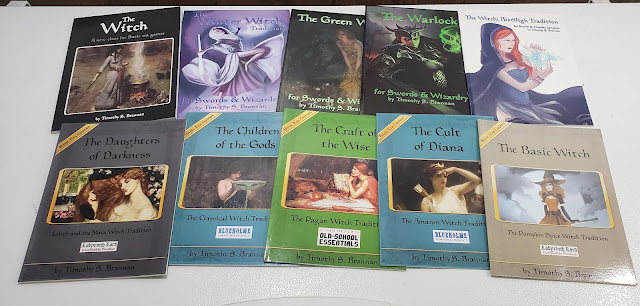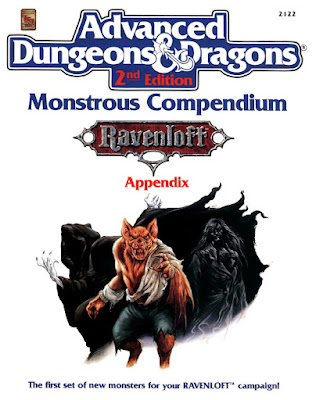Fiends, Fiends, Fiends!
Today I delve into a dark subterranean world filled with long-forgotten creatures that have not seen the light of our sun for ages. Of course, by that, I mean the Usenet, and that age was the early 90s.
What I think was one of the first big battles of the Edition Wars was the one concerning demons and devils. Namely, where the hell were they for AD&D 2nd Edition? They have not appeared in any of the Monstrous Compendiums so far and the official word was they were no longer needed. Which everyone knew was a smokescreen for TSR caving into concerned, busy-body mothers and the religious right. The discussions on Usenet had a LOT of opinions on why they were gone and then what to make of them when they finally came back.
Thankfully this did not last and by the start of 1991, we got demons and devils back, albeit in the names Tanar'ri and Baatezu. Ok, the names were changed but they were back. In truth, I never minded the name change and it opened up the lower planes to have more than one type of demon or fiend. Something we are still benefiting from today.
MC14 Monstrous Compendium Fiend Folio Appendix
PDF 64 pages (70 with dividers and covers), Color cover art, black & white interior art, $4.99.
While not full of fiend per se, the Fiend Folio has always had a place in the games of many 1st Ed AD&D players. It was the second "Monster Manual" and it collected a number of creatures from various modules and the White Dwarf Fiend Factor column. It was also either really loved or really hated, depending on who you asked. Maybe that is the reason it did not get published until much later (1992) and was the 14th MC to be published.
This MC contains 65 monsters, Aballin to Zygraat, and is a fairly good representation of the monsters listed in the original Fiend Folio. Some new (the aforementioned Aballin) but a few notable ones had appeared in other volumes already. Drow appeared in the main Monstrous Compendium. Death Knights were moved to Dragonlance (a loosing their demonic heritage in the process) and Styx Devils had been published in the MC8 (see below). The "oriental" Dragons are not here, but Gem Dragons are. There is no flumph here though. We don't see those again until Monstrous Compendium Annual Volume Two.
Also there are no explanatory notes here that many of the others also had. I guess at this point you are expected to know how to read the stat blocks. Not a complaint at all, merely an observation.
It is a mostly generic compilation of monsters and I mean that is a positive way. These monsters can be used anywhere. For example, I pulled out the Penanggalan and put it in my Ravenloft collection.
MC8 Monstrous Compendium Outer Planes AppendixPDF 96 pages (102 with dividers and covers), Color cover art, black & white interior art, $4.99.
This collection has 90+ monsters (Aasimon to Zoveri) from the various outer planes. There are good and evil ones here so plenty for DMs taking the characters out of the dungeon and into new worlds. There are a lot of old familiar faces and some new ones. The "named" Demon Princes or Dukes of Hell are not here. Many, like Orcus, will never even get AD&D 2nd Ed stats. Most of the 1st Ed converts feel buffed up in stats. Even the succubus, a demon with little desire for combat, feels tougher with all her powers defined.
Demons and creatures from the Outer Planes in general really feel like they benefit from these expanded monster entries. While the Planescape Setting is still a bit away, we get tidbits of information about the Blood War and more. Reminding us that when it comes to settings, 2nd Ed really was quite superior.
Monstrous Compendium Planescape Appendix III
PDF, 128 pages. Color art. $9.99
This book was one of the bound softcover Monstrous Compendium Appendices and it took on the trad dress and style of the Planescape line rather than the Monstrous Compendium line. The monsters inside conformed to the standard of the Monstrous Compendium stat blocks, but there was no doubt what line this belonged to.
This volume has 128 pages and 71 monsters from Animental to Xill. Many of these monsters appear on both sides of the page, usually due to the larger art elements, and expanded details including a bit of fluff for each one. This makes this book actually better for use in the three-ring binders. Even though this one was never designed to be added! Again another point for the PDFs. That is if you don't mind printing out all the full-color pages this one has.
Interestingly enough the Xill appears here and the Fiend Folio MC 14. In fact, many monsters from the AD&D 1st Fiend Folio also make it here. Cases in point the Quasi-elementals, the khargra (with much improved art), thoqqua, and trilloch. The Khargra and the Xill appear in all three (1st ed and both 2nd Ed books).
This one does have explanatory notes and it also covers the ecology of the outer planes. By this time the Planescape setting had been in pretty wide use so the "Planescape" view of the Outer Planes has superseded, for good or ill, the AD&D 1st Edition Manual of the Planes version.
AD&D 2nd Ed may not have started out with fiends (of any sort) but they ended with not just a few, but a whole new outlook on them that changed how D&D would use them for the next 30 years.





